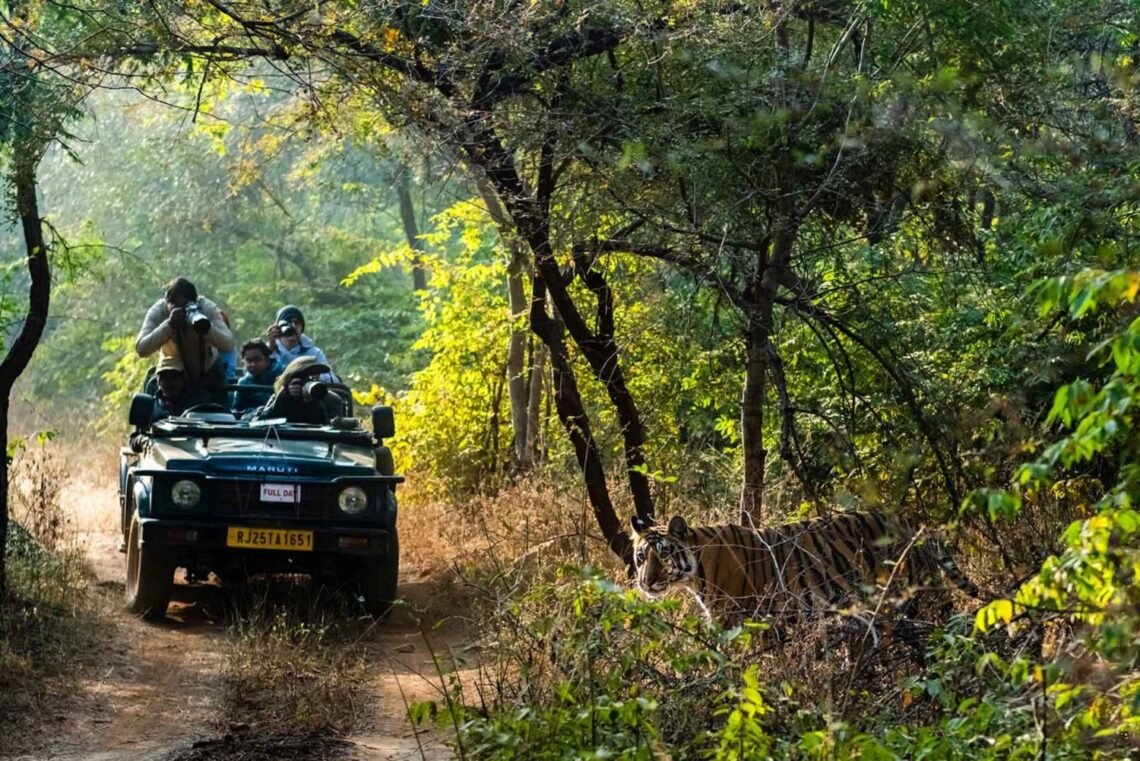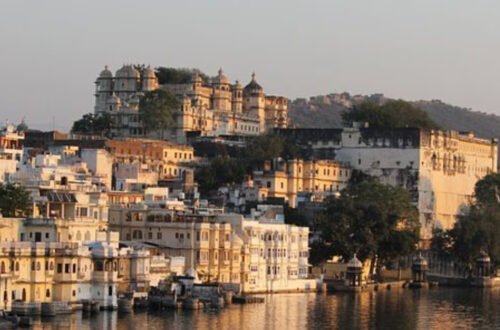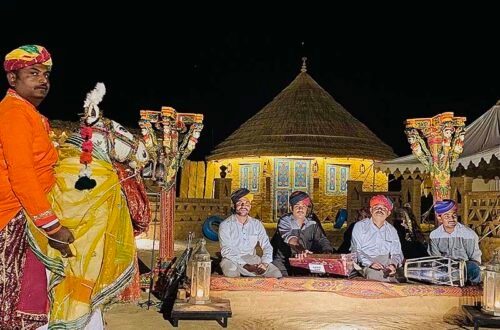Ranthambore National Park is one of India’s premier wildlife destinations, renowned for its thriving tiger population and rich biodiversity. But to truly experience the magic of this iconic sanctuary, timing is everything. Knowing the best season to visit can dramatically enhance your chances of spotting the majestic Bengal tiger and other elusive wildlife. Whether you’re an avid wildlife photographer, a nature lover, or simply a curious traveler, the season you choose plays a pivotal role in your safari experience. For those seeking the Best resort in Ranthambore, proximity to the park, immersive experiences, and seasonal expertise matter more than ever.
Understanding Ranthambore’s Climate Cycles
Ranthambore experiences three distinct seasons: winter (October to February), summer (March to June), and monsoon (July to September). Each of these seasons offers a unique perspective of the park’s ecosystem, but not all are equally ideal for tiger sightings.
Winter: The Scenic and Comfortable Safari
October to February marks the winter season, characterized by crisp mornings and cool evenings. This is the most comfortable time weather-wise, making it popular among tourists, families, and international travelers. The park comes alive with lush greenery after the monsoon rains, and migratory birds begin to arrive, turning Ranthambore into a haven for birdwatchers.
While the dense foliage can make tiger sightings a bit more challenging, patient visitors are often rewarded with sightings near water bodies, especially during the late morning hours when tigers come out to bask in the sun. The overall safari experience during winter is visually stunning, with misty landscapes and vibrant forests providing ideal conditions for photography.
Summer: The Prime Time for Tiger Spotting
For those truly passionate about spotting tigers in their natural habitat, summer—March through June—is the most rewarding season. As temperatures rise, water becomes scarce, and wildlife tends to gather around the few remaining water holes. This behavior significantly increases the chances of tiger sightings, often in open areas with clear views.
While the heat can be intense, especially in May and June, experienced safari-goers understand that this is when Ranthambore reveals its raw, untamed beauty. Early morning and late afternoon safaris are the norm during this season to avoid the midday heat. This is also when many serious photographers and documentary filmmakers plan their shoots due to the high probability of dramatic animal encounters.
Monsoon: The Park’s Offbeat Charm
The monsoon season, from July to September, brings heavy rainfall and marks the breeding period for many animals. While the national park officially remains closed for safaris during these months, the surrounding buffer zones may still be accessible. This is a quieter time, offering a different kind of beauty—lush green landscapes, blooming flora, and a sense of serenity rarely experienced during peak seasons.
It’s an ideal time for those who wish to enjoy the peaceful ambiance of Ranthambore without the crowds. Many resorts also offer attractive packages during the off-season, making it a good option for budget-conscious travelers. However, it’s essential to check ahead for accessibility and safari availability.
Matching the Season with Your Travel Goals
- For Wildlife Photography: Late March to early June is optimal for capturing big cats in the open.
- For Birdwatching and Scenic Beauty: Visit between November and February to witness diverse bird species and lush greenery.
- For Peace and Solitude: The monsoon months are perfect if you prefer quiet surroundings and don’t mind limited access to the park.
Importance of Accommodation in Seasonal Planning
Choosing the right accommodation is just as important as selecting the right season. Many seasoned travelers recommend staying in eco-conscious resorts that are strategically located near safari zones and knowledgeable about seasonal wildlife behavior. One such option offers Luxury Tents in Ranthambore, blending rustic charm with modern comfort to enhance the jungle experience. Staying close to nature while enjoying world-class amenities can elevate your entire trip.
Booking Your Ranthambore Jungle Safari
Securing your safari entry and choosing the right zone are crucial components of your trip. Ranthambore is divided into multiple zones, each with its own wildlife patterns and terrain. Advance booking is highly recommended, especially during peak seasons. Zones 2, 3, and 4 are historically known for frequent tiger sightings, while other zones offer scenic drives and unique biodiversity.
Those seeking authentic, guided safari experiences should plan ahead and consult with expert naturalists or resort staff familiar with seasonal trends. For a seamless experience, consider booking your Ranthambore Jungle Safari directly through trusted partners who provide insight on the best zones based on current animal movement and recent sightings.
Final Thoughts: Timing Is Everything
Ranthambore’s seasonal shifts profoundly influence the behavior of its wildlife and the quality of your safari. Winter offers scenic vistas and comfort, summer maximizes tiger-spotting opportunities, and the monsoon reveals a quieter, greener face of the park. Aligning your travel goals with the right season can turn an ordinary safari into an unforgettable journey.
Whether you’re seeking adventure, photography, or a tranquil retreat, understanding Ranthambore’s seasonal rhythm ensures a richer, more rewarding wildlife experience. Plan wisely, book early, and stay close to nature—and you’ll walk away with memories to last a lifetime.





